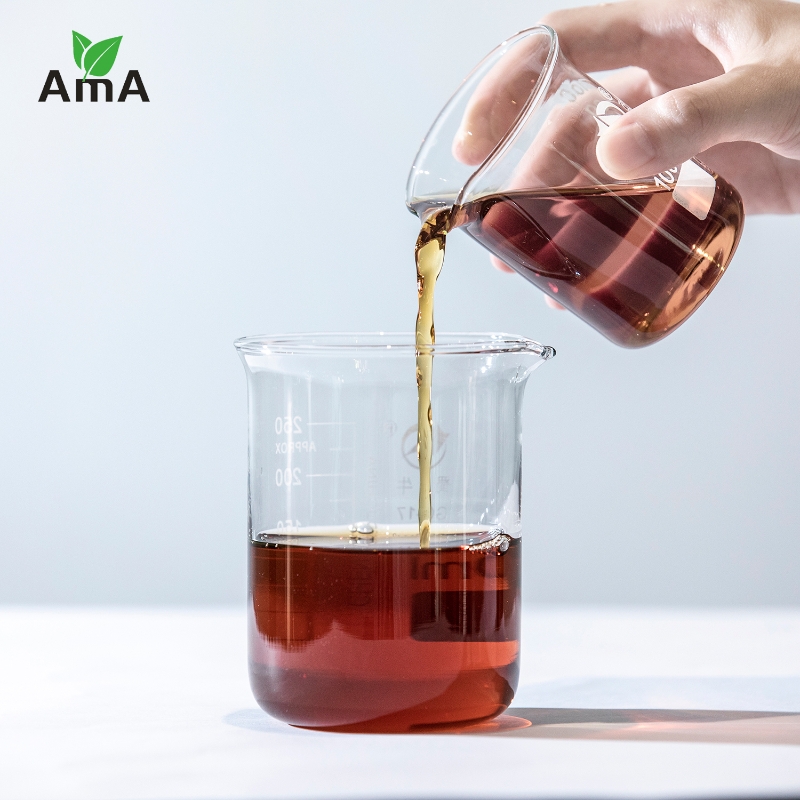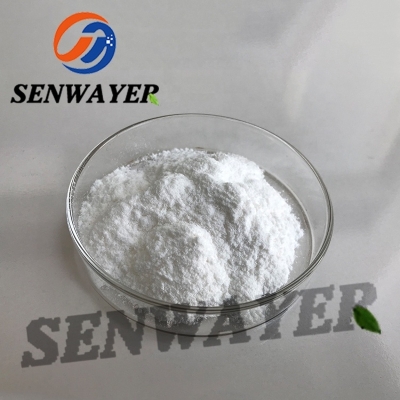Evaporation equipment in the production of traditional Chinese Medicine
-
Last Update: 2018-10-14
-
Source: Internet
-
Author: User
Search more information of high quality chemicals, good prices and reliable suppliers, visit
www.echemi.com
Evaporation equipment in the production of traditional Chinese medicine refers to the process of vaporization and separation of nonvolatile components of some solvents in the liquid medicine in boiling state, and concentration of the liquid medicine, so evaporation is often called concentration If the effective components in the extract are mostly volatile components, the volatile components should be separated during extraction The evaporation and concentration of Chinese medicine extract is an important unit operation of Chinese medicine production The equipment used for evaporation is called evaporator When selecting the equipment for concentration of traditional Chinese medicine, we should pay attention to the characteristics of many effective ingredients of traditional Chinese medicine, such as heat sensitive substances, easy coking, foaming, high concentration ratio, small batch and many varieties, and try to use the technology and equipment with low boiling point, short heating time, good heat transfer and easy cleaning 1、 Evaporation principle evaporation is to provide heat to the extraction solution by means of direct fire heating, electric heating, solar heating and indirect steam heating, so as to make the solvent evaporate At present, water vapor is often used as heat source in the pharmaceutical production of traditional Chinese medicine, and the evaporated solution is mostly the water extract of traditional Chinese medicine As long as the water vapor evaporated from the solution is called secondary vapor Through the heat conduction of the metal wall, the heating steam releases the condensation latent heat, heats the medicine liquid on the other side of the wall to make it boil and vaporize and be condensed by itself In the traditional Chinese medicine pharmaceutical industry, the evaporation process consumes more energy, and the secondary steam can be reused to save energy and reduce costs In the past 10 years, multi effect evaporation of secondary steam has been widely used in the production of traditional Chinese medicine (1) Single effect evaporation is called single effect evaporation when the secondary steam produced by the evaporation operation of traditional Chinese medicine liquid is no longer used All kinds of evaporators used are called single effect evaporators The liquid medicine is heated and vaporized by the steam heated by the metal wall After the separation of the steam and liquid, the secondary steam is directly discharged and discharged to the large gas in the downstream direction Through heat balance calculation of multi effect evaporation, the latent heat value of the heating steam consumed in the evaporation operation is similar to that of the secondary steam evaporated Obviously, the secondary steam also contains more heat If it is not used, it is uneconomical In order to improve the economic degree of heating steam, that is, to increase the kilogram of water evaporated by each kilogram of heating steam, multi effect evaporation operation can be adopted The evaporator with heating steam is called the primary evaporator The evaporator with the secondary steam generated by the primary evaporator as the heating steam is called the secondary evaporator The evaporator with the secondary steam generated by the secondary evaporator as the heating steam is called the tertiary evaporator, and the rest are in turn and so on According to the different relative flow direction of steam and liquid medicine, multi effect evaporation can be divided into forward flow method, reverse flow method and advection method 1 The three effect evaporation process of forward flow method is called forward flow method because the flow direction of liquid medicine is the same as that of steam, which flows from the first effect to the third effect in turn The operating pressure and temperature of each effect are lower than that of the former, so the liquid medicine can use the pressure difference to carry out the automatic transmission between each effect When the liquid medicine enters the latter effect, it can self steam out a part of secondary steam The disadvantage is that the temperature of the latter effect is lower than that of the former, and the viscosity of the liquid medicine is higher than that of the former, so the heat transfer coefficient is lower than that of the former, so as to reduce the total heat transfer coefficient of the evaporator and affect the heat transfer rate of the evaporator 2 The steam flow direction of countercurrent method is opposite to that of liquid medicine Liquid medicine enters from the third effect, and then enters the first effect by pump The solution needs to be pumped, and the feed liquid needs to consume a certain amount of heat to heat it to the boiling point after being delivered from the after effect to the pre effect The advantage is that the concentration and temperature of the liquid medicine increase from the after effect to the pre effect, so the viscosity of the liquid medicine has little difference among the effects, which can improve the total heat transfer coefficient The disadvantage is that a certain amount of energy needs to be consumed when the liquid medicine is transferred by a pump between various effects This method is suitable for concentration of traditional Chinese medicine liquid whose viscosity increases sharply with the increase of concentration, but it is not suitable for concentration of medicine liquid containing more heat sensitive components 3 The advection method is suitable for evaporation of crystalline materials which are easy to precipitate during concentration The effective temperature difference of multi effect evaporation is lower than that of single effect evaporation According to experience, the number of kilogram of water component that can be evaporated per kilogram of heating steam: single effect is 0.91; double effect is 1.76; three effect is 2.50; four effect is 3.33; five effect is 3.71, etc Therefore, the efficiency of multi effect evaporation should be comprehensively analyzed from the increase of steam economy and the increase of equipment investment cost Generally 2-4 effect is appropriate Three effect energy-saving evaporation and concentration process of traditional Chinese medicine extract Three effect external heating vacuum concentrator has good performance, and the evaporation rate is 1.85 times higher than that of single effect Reduce energy consumption by 75% The first effect evaporation temperature is 87 ℃, the second effect evaporation temperature is 70 ℃, the third effect evaporation temperature is 57 ℃, the evaporation temperature is 13-43 ℃ lower than the traditional method, and the evaporation heating time is shortened to 1 / 3 Generally, the equipment investment fee can be recovered from the energy-saving fee in one year.
This article is an English version of an article which is originally in the Chinese language on echemi.com and is provided for information purposes only.
This website makes no representation or warranty of any kind, either expressed or implied, as to the accuracy, completeness ownership or reliability of
the article or any translations thereof. If you have any concerns or complaints relating to the article, please send an email, providing a detailed
description of the concern or complaint, to
service@echemi.com. A staff member will contact you within 5 working days. Once verified, infringing content
will be removed immediately.







